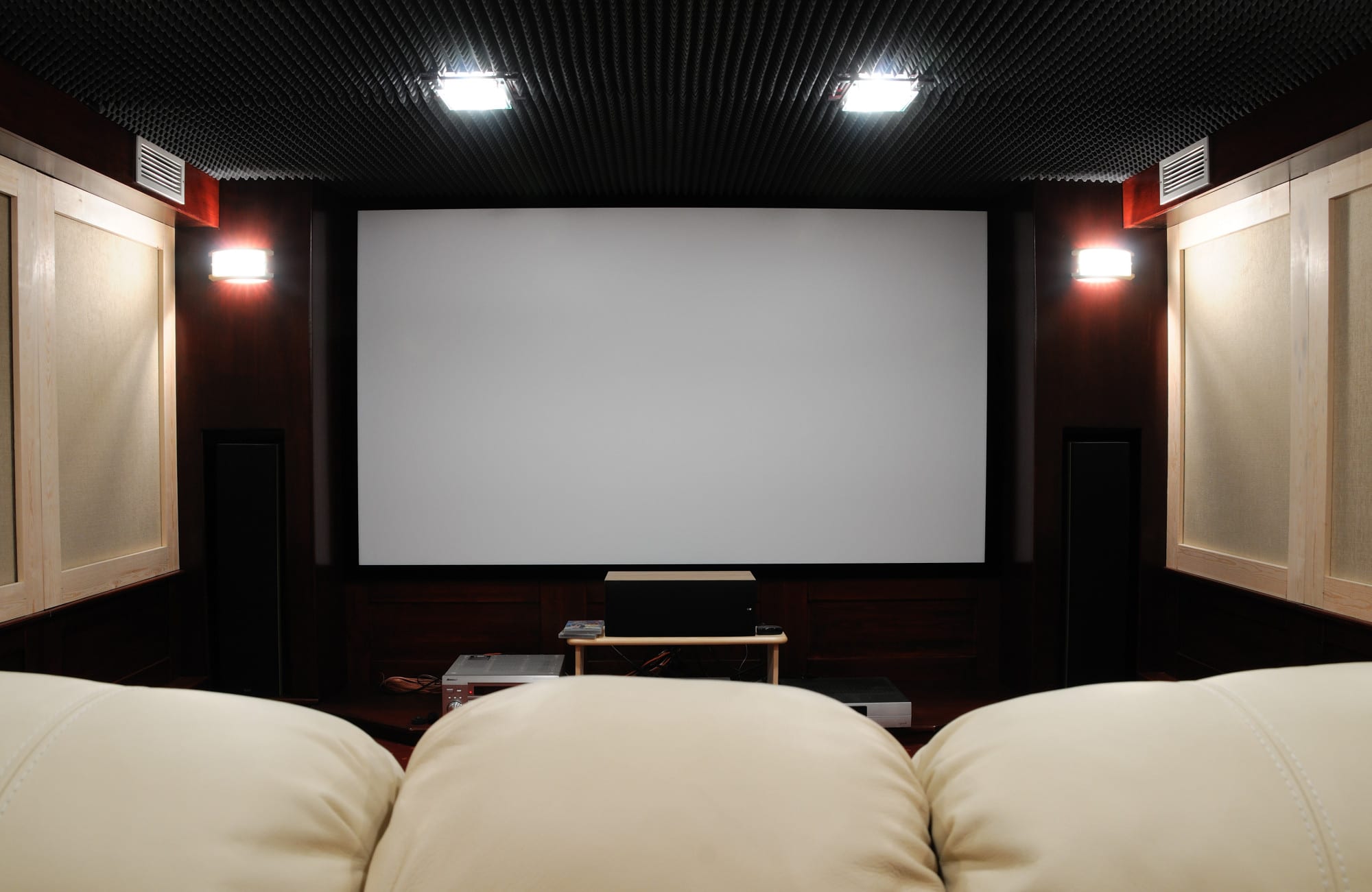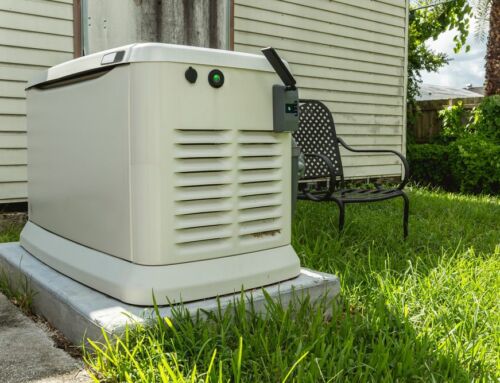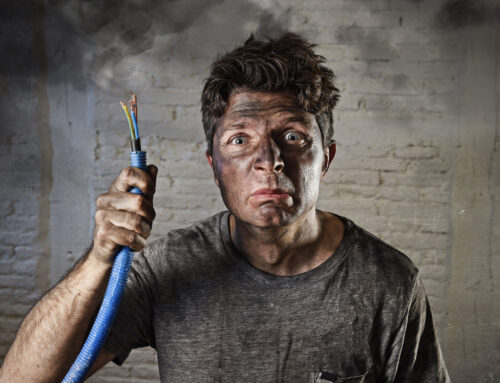With the future of movie theaters in jeopardy, the world is having trouble emulating the big screen experience.
As such, home theaters are becoming increasingly popular. A home theater is an excellent addition to your home, but large media centers may require special wiring and electrical services.
Read on to discover some advice for building a home theater that will bring the cinema to life.
Building a Home Theater the Right Way
A true home theater is far more in-depth than a traditional setup. Unlike a TV where you plug it in, a theater requires planning and electricians.
The home theater isn’t a 40” screen that sits on the mantle. Your personal cinema will be an escape from the stressors of the world. It’s the place where monsters fight robots and superheroes swing from skyscrapers.
A home theater system is a room to itself where every wired aspect is dedicated to movie magic.
Before you hire an electrician service to install your project, ask if they have references for similar theater jobs. Not all electricians have the same skill sets.
Let’s examine the electrical elements and discuss how home theater electrical wiring works.
The Screen
Movie theaters use projectors to casts an image on a large screen. If you go with the projector route, they need to be installed in the ceiling. This means adding a power source up there which most houses don’t have.
An electrician can install new outlets in ways that make sense for the room set up. Consider adding outlets in several places so ugly cords can stay hidden.
Depending on the size, a projector runs somewhere between 100-800 watts. This is quite a bit of juice. Paired with the equipment seen next, the electrical outage requires planning.
The Sound
Audiophiles will argue that it’s the sound that makes the movie. As such, the sound system is a critical element of a home theater. A sound system might involve speakers, receivers, subwoofers, and amplifiers.
Again, the amount of electricity needed depends on the size of the system. It’s unlikely you can jam all this equipment into the same outlet. A 15-amp outlet can handle around 1800 watts, but it’s not recommended to max it out.
An overloaded outlet can lead to a blown breaker or lead to a fire.
If necessary, an electrician can add a circuit so you can run your theater safely at peak performance.
The Lighting
A home theater is all about immersion. While you don’t think of lights during a movie, it plays an important role in setting the ambiance. Imagine how harsh fluorescent lights or buzzing light bulbs can ruin a show.
The viewer should have total control of the lights. Consider track lighting or recessed fixtures to light the room. Install dimmer switches for the perfect feel.
But, of course, this is adding wattage. To calculate, add the wattage of your gear and divide the total by 120. This number is the amp requirement.
It may be smart to have a dedicated circuit for each important element of your home theater.
It’s Movie Time
Building a home theater is more than just selecting the equipment. It’s important to consider the electricity required to optimize performance. Talk this process over with an electrician to make an effective plan.
If you are interested or have some questions, don’t hesitate to give us a call.






